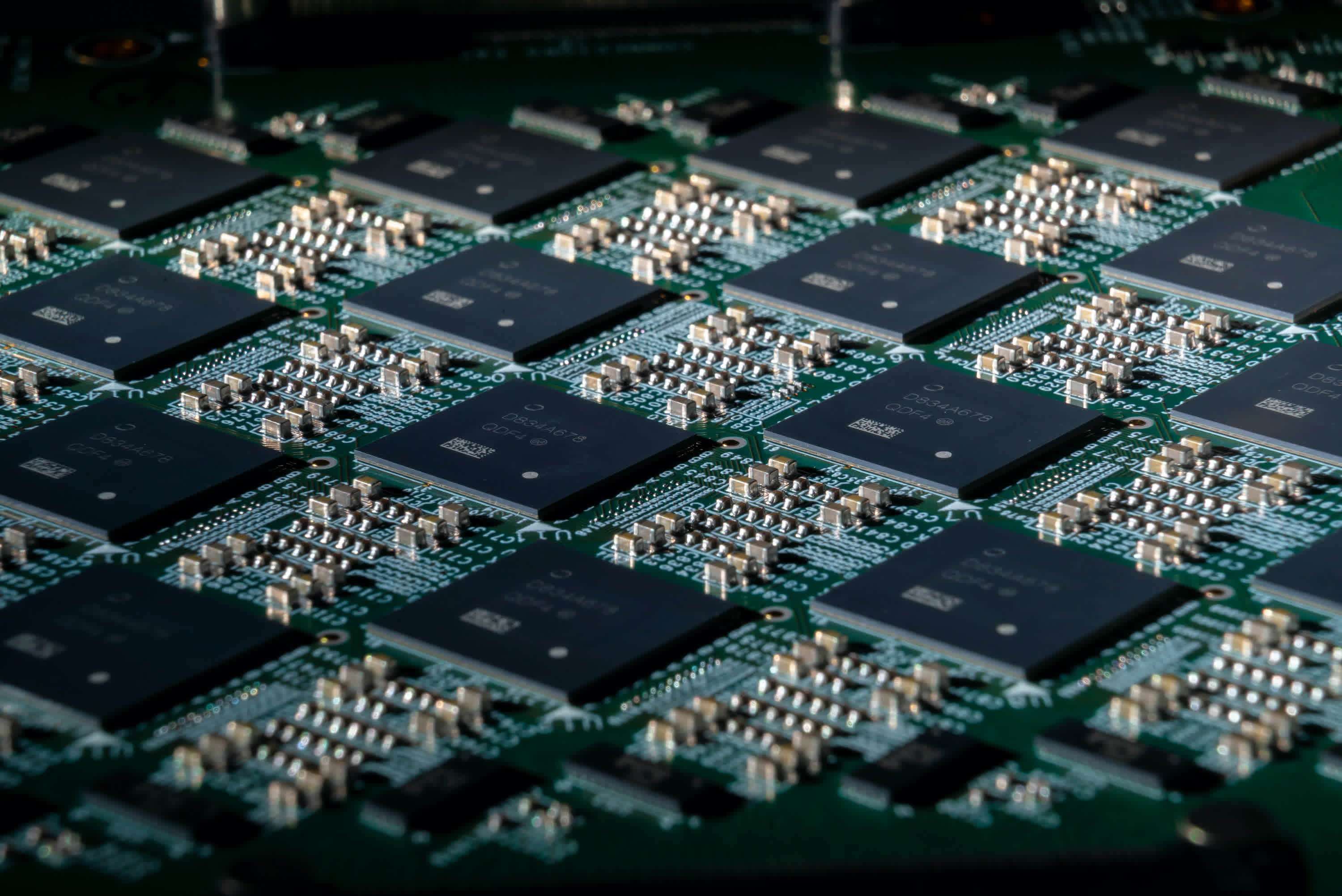In brief: Samsung is currently researching ways to download the brain's neuronal map onto an electronic device. That kind of technology is likely several years away from coming to fruition, but it looks like Samsung is just as interested in making memory chips as it is making silicon that mimics brain function.
Samsung's latest ambition is to take a new approach in developing chips that mimic the human brain function for self-learning tasks. Specifically, the company wants to do so by copying the real thing onto special silicon.
To explore this new possibility, the Samsung Advanced Institute of Technology (SAIT) partnered with researchers from Harvard University. The preliminary findings are published in a paper in Nature Electronics titled "Neuromorphic electronics based on copying and pasting the brain."

The idea proposed in the new research is that it should be possible to copy the brain's neural connection map using a specially-developed nanoelectrode array developed by Professor HongKun Park and Professor Donhee Ham. The destination for pasting this map is a high-density 3D network of solid-state memory cells, which could be either standard NAND used in SSDs or more exotic memory like resistive RAM.
When pasting the neural map recordings on something like resistive RAM, each cell would be programmed so that its conductance represents the strength of a certain neural connection. However, this is no small task, as the human brain has an estimated 100 billion neurons with many more synaptic connections between them.
This makes the process rather slow and complex, but Samsung says memory technology has evolved to the point where it can effectively help in reverse-engineering the human brain on memory chips. Ultimately, this would allow researchers to more easily develop neuromorphic chips with the same characteristics as the brain, such as low-power operation, quick adaptation to a given environment, and even cognition.
